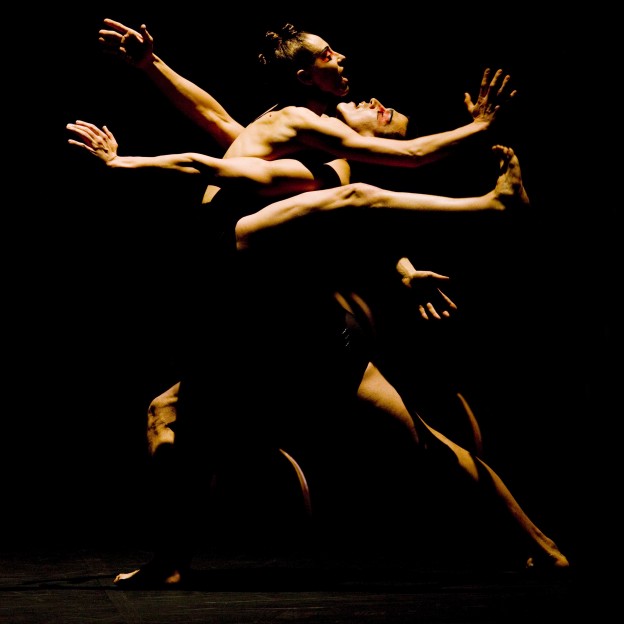Marie Chouinard’s modern dance interpretation of Stravinsky’s Rite of Spring

Sometimes I convince my husband to come along with me to cultural events. Not just the sort of trendy plays acted in by people whose day job is barista, but the sort of Cultural Event where we are the youngest people in the audience. It’s possible this is because my mother did things like read me the Odyssey aloud when I was 5, or retold me stories from the Ramayana, or played classical music in the house pretty much always. I listen to lots of musical genres, but I have always like Stravinsky’s Rite of Spring (maybe because I have watched this cat video about seven million times).
This weekend, with reluctant husband in tow, I went to see a very different interpretation of Stravinsky’s work, by Marie Chouinard’s dance company from Montreal. While I think it might be technically considered a ballet, there were no tutus involved. Indeed, the costuming was pretty minimal. See for yourself below.
Warning: probably NSFW, will definitely earn you some peculiar looks.
But it should make people look twice, because The Rite of Spring was controversial from the first. At its opening night in Paris in 1913 members of the audience famously rioted. The original costuming and sets, by artist Nikolai Roerich (another favorite of mine), did not include any tutus, and the choreography, by Vaslav Nijinsky, involved – gasp! – stomping. The Marie Chouinard interpretation, which premiered in 1993, is another step or three further, no longer even a story about pagan sacrifice but just a celebration of the body and its mechanics. And isn’t that the general interpretation of paganism? — a focus on the gross physical aspects of spirituality seated in the human body. And if you look at the Chouinard dancers’ movements, you see the human body moving in an amazing variety of ways. No one quite dances themselves to death, but it was pretty dang amazing. At the end my husband admitted it was pretty cool and the mostly gray-haired audience agreed, giving a standing ovation that brought the dancers back for two curtain calls.
For contrast, you can watch a 1970s recreation of the Roerich-Nijinsky version.
(Skip to 2:37 to get past the credits)
My experience was not quite so exciting, although the Marie Chouinard performance would have certainly caused mass hysteria and fainting fits in Paris 100 years ago. These days I suppose that people are rather used to modern dance and topless ladies. But, I had very little exposure to performance dance as a kid (aside from the annual community production of The Nutcracker) and I can remember exactly when I was at a dance performance which amazed me by its expressiveness.
It was in 2003, when I studied abroad in Russia. Our program of study included Cultural Events and we watched two ballets. One was classical – Don Quixote, I think, and it was painfully boring. The other was a modern piece called Red Giselle, loosely following the life of Russian ballerina Olga Sp…. With a little help from the internet, I know now that the choreographer, Boris Eifman, is known for his portrayal of anguish, passion, and sexuality. At the time, I was blown away by a piece of ballet that very clearly depicted an abusive relationship. If you have a spare 90 minutes, you can watch the entire performance of Red Giselle here. The moral of the story, like most (all?) stories set in 1930s Russia is “if the secret police get involved, it will all end in tears.’
I can’t tell now which scene was the one which particularly struck me a decade ago, but here’s an evocative excerpt.
So take a chance on a Cultural Event sometime or at least remember, next time you hear the word “ballet,” that those things occasionally cause riots.